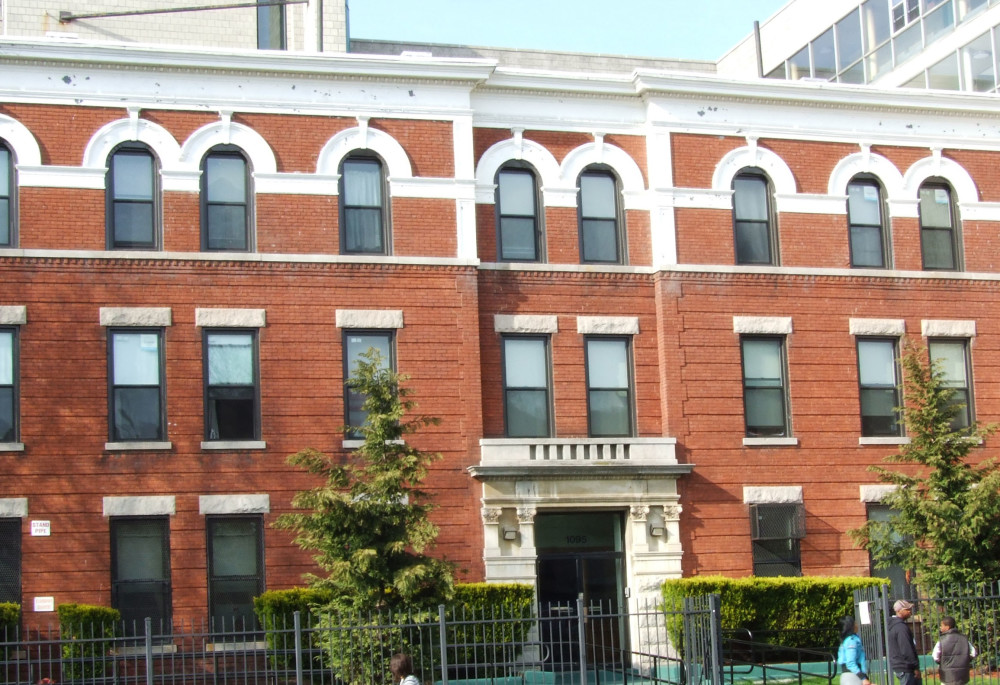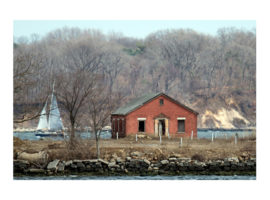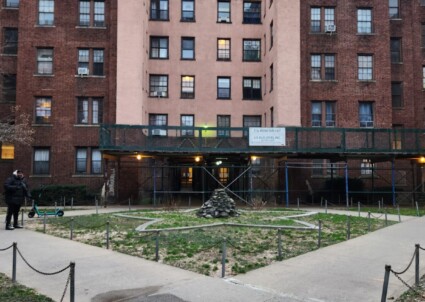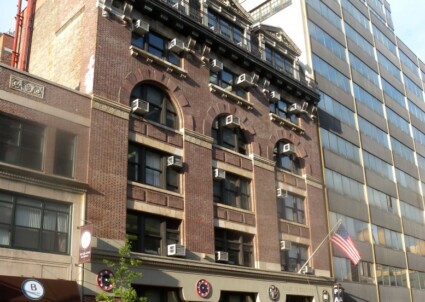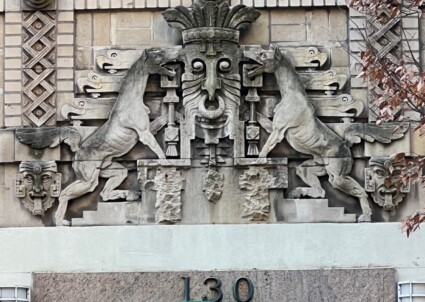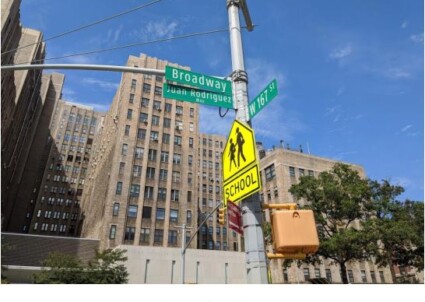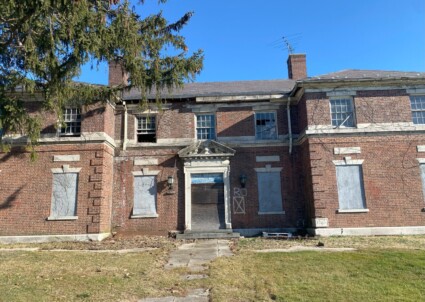Crown Heights North, Brooklyn
Described in the Crown Heights North Historic District designation report as “among Brooklyn’s most architecturally distinguished areas” and a “showcase for the work of architects who played an important role in Brooklyn’s development”, the neighborhood is a feast for the eyes. Its magnificent and varied residential architecture is peppered with grand religious and institutional buildings, and anchored by the picturesque Brower Park. The neighborhood’s northern and southern boundaries are Atlantic Avenue and Eastern Parkway, but its western and eastern boundaries are up for debate, though many consider them to be Washington Avenue and Ralph Avenue, respectively. The area’s three historic districts were designated between 2007 and 2015, and this website highlights some of the treasures found within and nearby those districts.
The neighborhood’s transition from farmland to suburban enclave began in 1854 with the auction of land parcels by the area’s principal landowner, the Lefferts family. At that time, this area was known as the village of Bedford, a name it retained for some time. The area’s epic transformation over the ensuing half century was enabled by a series of major transportation improvements. The first was the introduction of stagecoach and horsecar service between Fulton Ferry and Bedford, which inspired the construction of freestanding villas on the Lefferts parcels. With the announcement of the new Brooklyn Bridge, to be completed in 1883, speculative rowhouse construction began as early as the 1870s, but dramatically increased after the Kings County Elevated Railway was completed along Fulton Street in 1888. It is this latter wave of development that most strongly characterizes the neighborhood’s architectural significance today. When the subway reached the area in 1920, apartment building construction increased to accommodate a growing commuter population.
Around 1890, the area north of Sterling Place became known as the “St. Marks District”, but the moniker was short-lived, as many of the wealthy residents of St. Marks Avenue had moved away and their mansions demolished by 1920. Grant Square was also one of the most prestigious sections of Brooklyn at the turn of the century, second only to Grand Army Plaza in importance due to the prominent institutions on its borders, including the Union League Club (19 Grant Square) , St. Bartholomew’s Church (1227 Pacific Street ), and the 23rd Regiment Armory (1322 Bedford Avenue). The name “Crown Heights” was used starting around 1910 to describe the area south of Eastern Parkway. The area north of the parkway was called “Bedford” well into the 20th century, since the area was considered part of Bedford-Stuyvesant. However, “Crown Heights” gained traction with its white population in the mid-20th century as a way to differentiate itself from Bedford-Stuyvesant, which many began to consider a black ghetto. While historians often refer to Crown Heights “North” and “South” due to their demographic, architectural, topographical, and historical differences, most do not make this distinction even today.
During its boom years, the population of Crown Heights North was of mainly European descent. By the mid-20th century, African- and Caribbean-Americans began to make up a significant portion of the population due to the 1936 opening of the Independent (IND) subway line, which provided direct access from Harlem, the center of the city’s black population. By the 1960s, Crown Heights had the largest Caribbean-American population in the city, and by the 1990s, was known as a major Caribbean-American hub in the entire country. Today, the neighborhood is changing yet again, with populations shifting as a result of rising rents throughout the city.
